table of contents:
A sewing machine is more than just a tool; it's a true creative ally. To keep your machine running as precisely as it did on day one, regular sewing machine maintenance is essential. Neglecting this can lead to jams, uneven stitches, and even costly breakdowns.
Fortunately, taking care of your sewing machine isn't rocket science! We'll guide you through simple yet effective steps to ensure the maximum longevity of your precious sewing companion. Get ready to give your machine the attention it deserves for years of trouble-free creations.
Preparation and disassembly for maintenance
Before performing any work, unplug your sewing machine to prevent accidental starting. Consult your owner's manual for precautions specific to your model. These simple steps ensure safe sewing machine maintenance .
To remove the needle, loosen the fixing screw in the up position using the provided wrench and systematically remove the presser foot and bobbin. These actions effectively prepare you for deep cleaning your sewing machine .
For a successful interview, prepare a kit including:
- Cleaning kits including up to 14 pieces for complete sewing machine maintenance
- A special oil in a precision bottle to effectively lubricate and oil your sewing machine
- A soft brush and an air blower to reach difficult areas without damaging the mechanism
- Synthetic grease for sprockets and drive dogs of heavy-duty machines
These tools facilitate precise disassembly and maintenance . Organize your workspace to avoid losing parts and take photos during disassembly to remember the order. This method ensures smooth and safe reassembly of your machine.
To access the bobbin case, remove the needle plate and side cover, then check the rotary hook mechanism, often overlooked but essential for tying a bobbin with the JUKI HZL-53E sewing machine correctly.

Cleaning residue and lint
To remove dust and lint, use a soft brush or a soft brush. Avoid rubbing, which could damage the parts. This tool easily reaches into corners without damaging the mechanism . Careful maintenance is essential, especially if you use a Juki sewing machine , which is renowned for its precision.
Focus on the bobbin case and under the needle plate. These areas trap fibers and cut threads. Regular cleaning prevents blockages, which also makes your stitches neat and even.
|
Recommended frequency for cleaning the sewing machine according to use |
||
|
Usage situation |
Type of cleaning |
Recommended frequency |
|
Regular use (10-20 hours of use) |
Complete cleaning of the machine |
Every 2 to 3 months |
|
Occasional use |
Complete cleaning of the machine |
Once a year |
|
Practice recommended by professionals |
Regular cleaning |
3 to 4 times a year |
|
Heavy use (several hours/week) |
Cleaning the bobbin case |
Weekly |
|
Monthly or less frequent use |
Cleaning the bobbin case |
Monthly or 2 to 3 times a year |
|
After a thread jam |
Thorough cleaning of the bobbin compartment |
Immediately after the incident |
When cleaning the feed dogs, unplug the machine and use a fine brush or toothpick to remove the fibers. These areas ensure the fabric moves smoothly. Their good condition determines the consistency .
For inaccessible corners, compressed air is practical and effectively completes your cleaning . However, use it sparingly to avoid projecting particles. Keep it away from electronic components and fragile items.
Don't let a temperamental sewing machine hold back your creativity! Contact Verotex today for professional maintenance or quick repairs and rediscover the joy of worry-free sewing.
Lubrication of friction points
Minimal lubrication prevents wear on moving parts while ensuring quiet and smooth operation. Modern machines are often self-lubricating, but older models require regular maintenance to maintain their efficiency . To extend the life of your machine, proper sewing machine maintenance remains essential, regardless of its age.
If you have a JUKI HZL-DX3 sewing machine, follow the manufacturer's recommendations for optimal lubrication.
The needle shafts, hook mechanism and feed dogs deserve special attention, as these areas are subject to constant friction. Targeted lubrication prevents blockages and premature wear .
Opt for a special sewing machine oil like Vaseline and avoid household cleaners or thick oils at all costs. Place only one or two drops on each critical point and spread gently, but do not overdo it.
For proper lubrication of your sewing machine:
- Avoid over-lubrication which attracts dust and residue
- Never use household oils, spray oils or silicone-based oils
- Preserve plastic components and grease only metal parts
- After application, run the machine slowly to distribute the oil
- Always wipe off any excess to avoid stains on your work.
After lubricating, sew a few stitches on a piece of scrap fabric to remove excess oil and check for smooth operation. A well-maintained machine delivers smooth, snag-free stitches .

Changing and adapting the needle
How often should you replace a needle? Generally, plan on changing it every 8 to 10 hours of sewing . However, if you notice dropped stitches, broken threads, or a dull needle, it's time to take action. Many sewers replace their needle every 2 or 3 projects as part of good sewing machine maintenance, especially for a Juki machine that requires precision and care.
The type of needle determines the quality of your stitching. For silk, choose a fine Microtex point (60-70). Denim requires a more robust model (90-100). Indeed, each fabric has its ideal counterpart . A poor fit can damage the thread or fabric and complicate your daily sewing machine maintenance.
Here's how to change a needle safely:
- Turn off the machine
- Raise the needle
- Loosen the screw with a screwdriver
- Insert the new needle flat side back all the way in, then tighten firmly.
This method protects your device from possible damage .
A worn or unsuitable needle can cause uneven stitches, broken threads, and even tears in the fabric. A sharp point, in particular, can leave marks or holes on stretchy fabrics. A needle that's too thin for thick fabrics, on the other hand, can create unnecessary tension.
Use of compliant cans
Bobbins that fit your model protect your machine and improve sewing. Unsuitable bobbins cause jams, uneven stitches, or unbalanced tension. To avoid these problems, follow the manufacturer's specifications—this is a basic principle for proper sewing machine maintenance, especially if you use a Juki flatbed stitcher for precise work.
For successful winding, place the thread on the spindle and pass it through the thread guide before engaging the mechanism. Once filled, insert the bobbin, checking the direction of the thread. These steps prevent snags .
Clean the housing after several hours of use or after each jam, and remember to remove lint with a fine brush. A clean system maintains even tension, preventing stitch defects or thread breakage, which directly contributes to efficient and long-lasting sewing machine maintenance.
Thread tangling under the fabric often indicates a bobbin that is not properly mounted. To avoid this, check that the bobbin is properly seated in the case and that the thread is running through the correct channels. Readjust to restore smooth operation .

Adjusting the thread tension
Thread tension is the result of the balance between the upper thread and the bobbin thread. This adjustment directly affects stitch quality. An imbalance can cause loops, puckers, or even thread breakage. Understanding this mechanism will help you achieve precise seams: managing tension properly is part of good sewing machine maintenance.
For lightweight fabrics, reduce the tension slightly, usually between 2 and 3. For thicker fabrics like denim, increase to 4 or 5. Decorative stitches sometimes require specific adjustment.
Before sewing your project, test it on a scrap piece of fabric and check the thread balance on both sides of the fabric. Also, observe the appearance of the fabric and check for any creases or warping. This preventative test avoids costly alterations and contributes to effective daily sewing machine maintenance.
If loops appear under the fabric, tighten the upper thread tension. Conversely, if the bobbin thread forms visible loops above, this is the thread that needs adjusting. A gradual adjustment allows you to achieve the perfect balance .
Want to master your sewing machine from A to Z and extend its lifespan? Sign up for Verotex's sewing classes now and learn the secrets of its operation and maintenance!
Dust protection
Dust accumulates in the mechanisms and shortens the life of your sewing machine. To protect it effectively, use a nylon or PVC cover. Universal models fit most machines. This daily protection is part of good sewing machine maintenance and prevents sensitive parts from becoming clogged.
Discover the selection of maintenance equipment at Verotex now and give your machine everything it needs to last.
Taking care of your sewing machine is not just a technical gesture: it is an investment for trouble-free creations .
Whether you're new to machine sewing or want to perfect your skills, you need to combine regular cleaning, targeted lubrication, and needle replacement. These steps give you the best chance of successful sewing machine maintenance.
Proper maintenance prevents breakdowns . It also optimizes the quality of your stitches. A well-maintained machine is a faithful ally for long-lasting projects, where each seam remains a pleasure without surprises.

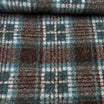
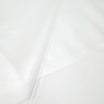

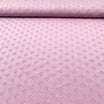
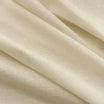









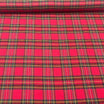


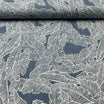
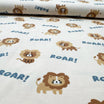

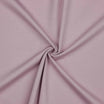
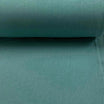

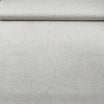

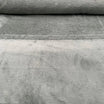

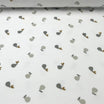
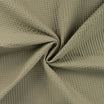








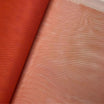
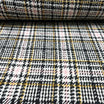
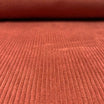
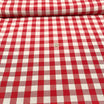



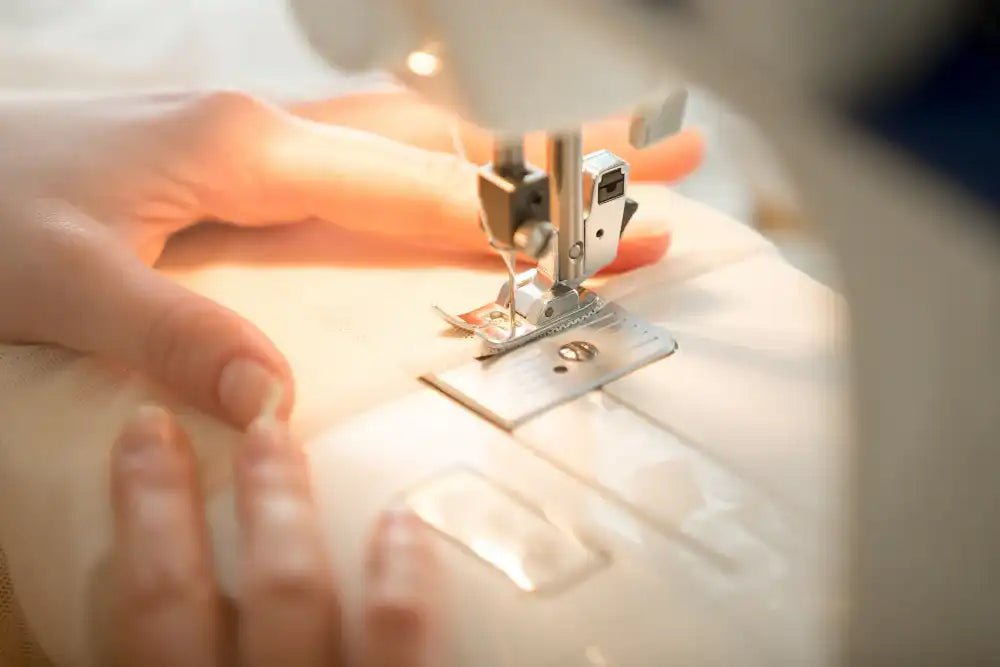

Leave a comment
All comments are moderated before being published.
This site is protected by hCaptcha and the hCaptcha Privacy Policy and Terms of Service apply.